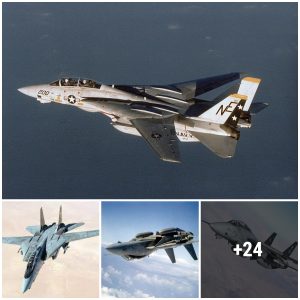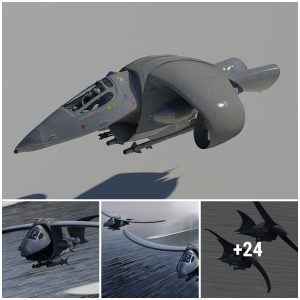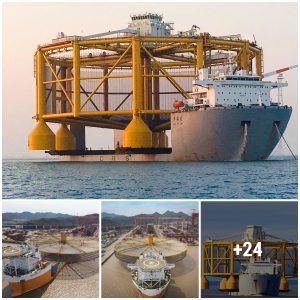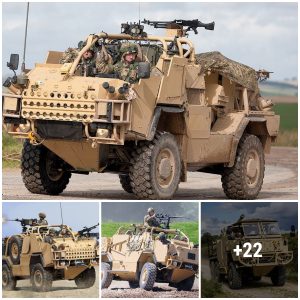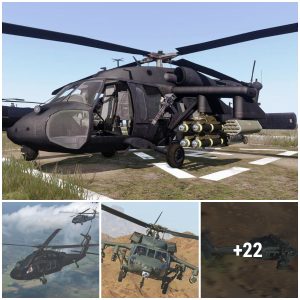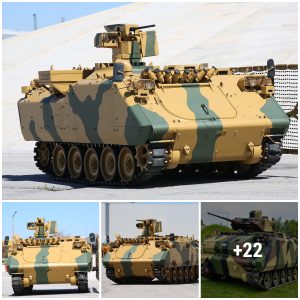The U.S. Navy’s 7th fleet announced that from Saturday November 11th it would be undertaking colossal aircraft carrier drills involving three of their Nimitz class supercarriers off the coast of the Korean Peninsula.
While the United States has long fielded a fleet of the supercarriers, and several more smaller carriers such as the Wasp class, they have usually been spread thin across the globe to support the country’s worldwide military commitments. For three the carry out joint exercises is extremely rare – this being the first incidence in a decade.
With the United States relying heavily on its carrier fleet as perhaps its most prolific means of projecting power globally, such drills are intended to send a strong signal across the Pacific – particularly to North Korea and China.

The Navy’s exercises were said to involve “three (of the) largest aircraft carriers in the world loaded to the maximum with magnificent F-35 and F-18 fighter jets.” U.S. Pacific Fleet Commander Admiral Scott Swift said regarding the exercises, their nature and the opportunity that they provide the Navy: “It is a rare opportunity to train with two aircraft carriers together, and even rarer to be able to train with three.
Multiple carrier strike force operations are very complex, and this exercise in the Western Pacific is a strong testament to the U.S. Pacific Fleet’s unique ability and ironclad commitment to the continued security and stability of the region.”
The announcement of the exercises came upon the heels of U.S. President Trump’s announcement that he sought “peace through strength” – after which such a show of force was considered an appropriate demonstration of this strength. How effective such a carrier force would be in actual combat with a potent adversary such as North Korea however remains in question.
Considering the Nimitz class’ vulnerability to diesel submarines and to anti ship cruise missiles – proven on numerous occasions in war games with allied states – the fact that North Korea fields the world’s largest submarine fleet, all extremely quiet diesel vessels, and a potent arsenal of modern anti ship missiles could well leave U.S. warships highly vulnerable. The latest of these is the highly potent Kumsong-3 anti ship cruise missile successfully tested earlier in 2017.
Unlike Iraq, Afghanistan or Libya, Korea fields a modern and highly trained military and can effectively deter attacks from the United States Navy and Air Force. U.S. military exercises are likely to be pure bluster and muscle flexing to reassert themselves as the dominant military force in the eyes of their regional allies. Genuine preparations for an attack on North Korea are highly unlikely considering the numerous risks including the loss of their military prestige, the loss of U.S. populations centres and military bases to nuclear strikes, and the potential to involve neighbouring China and Russia in a major war.
